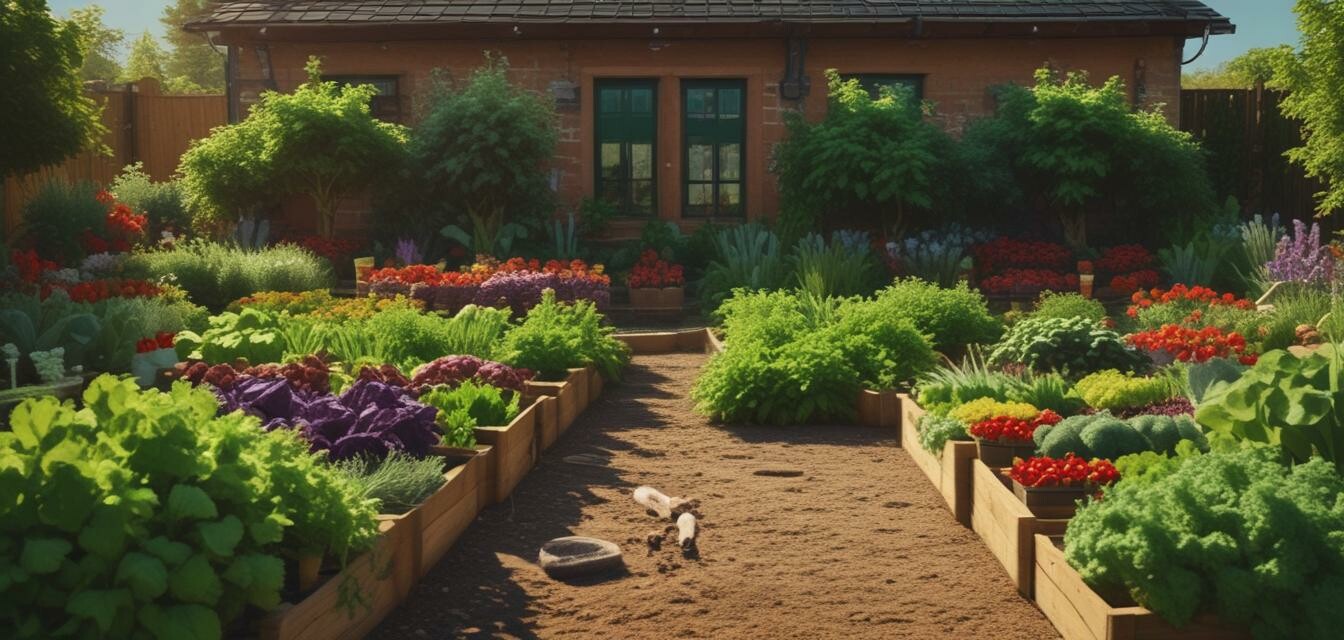
Food sustainability practices to follow in 2025
Key Takeaways
- Embrace local sourcing to reduce carbon footprints.
- Implement sustainable storage and waste management techniques.
- Encourage plant-based diets for less environmental impact.
- Stay informed about the latest food technologies and innovations.
- Participate in community-supported agriculture (CSA) programs.
As we move toward 2025, the conversation around food sustainability continues to grow. More restaurants and home cooks are seeking out practices that not only enhance the quality of their meals but also contribute to a healthier planet. This article explores the latest trends and practices in food sustainability, offering practical tips that can be easily adopted.
Understanding food sustainability
Food sustainability refers to the ability to produce, process, and consume food in ways that do not deplete resources, harm ecosystems, or endanger future generations. It encompasses a spectrum of practices that range from ethical sourcing of ingredients to waste reduction. Understanding these core areas is essential for anyone looking to contribute positively to the environment.
Principles of food sustainability
- Local sourcing: Buying ingredients locally helps reduce transportation emissions.
- Seasonal eating: Consuming foods in their appropriate seasons lowers environmental impact.
- Waste reduction: Implementing strategies to minimize food waste is vital for sustainability.
Food sustainability trends for 2025
Let's explore some of the innovative trends in food sustainability that are likely to gain traction in 2025.
1. Emphasis on plant-based foods
As awareness of the impact of animal agriculture on the environment grows, more individuals are leaning toward plant-based diets. This shift encourages more restaurants to offer plant-based menu options.
2. Sustainable packaging
Sustainable packaging is expected to play a crucial role in reducing food waste. Many brands are adopting biodegradable or recyclable materials to minimize their environmental footprint.
3. Innovative storage techniques
Farm-to-table restaurants are increasingly adopting advanced storage solutions that minimize spoilage and extend the shelf life of products. This includes techniques like vacuum sealing and optimal humidity control.
4. Community-supported agriculture (CSA)
CSAs continue to gain popularity, connecting consumers directly with local farmers. This not only supports local economies but also fosters a sense of community and trust in food sourcing.
5. Hydroponic and vertical farming
Urban gardening is evolving with hydroponic and vertical farming solutions. These methods allow for food production in urban settings, reducing reliance on traditional agriculture. One can find out more about cooking tips and techniques that could complement the use of such crops.
Practical tips for home cooks
Adopting sustainable practices in your home kitchen can be achieved by implementing a few simple steps. Here are some to get you started:
Tips for beginners
- Plan meals to avoid unnecessary food waste.
- Opt for bulk purchases to reduce packaging waste.
- Discover recipes that utilize seasonal ingredients.
- Join a local CSA for fresh produce.
- Compost kitchen scraps to enrich your garden.
Why sustainability matters
Sustainability in food systems is not just a trend but an essential practice to ensure the survival of our planet and its resources. As consumers and cooks, making conscious choices about food can significantly impact climate change and promote biodiversity.
Conclusion
As we approach 2025, food sustainability practices are more relevant than ever. By embracing local sourcing, minimizing waste, and exploring innovative approaches in cooking, each of us can contribute to a more sustainable future. Stay tuned for more updates and explore our Culinary News & Trends section for the latest innovations and movements shaping the culinary landscape.
Pros
- Promotes environmental wellness and biodiversity.
- Supports local farmers and economies.
- Enhances food quality and freshness.
Cons
- Can be more expensive than conventional options.
- May require more planning and effort for meal preparation.